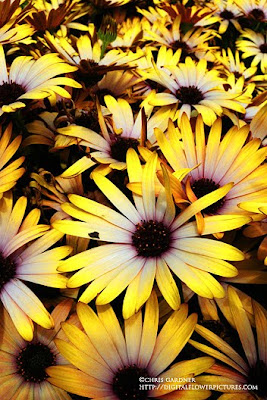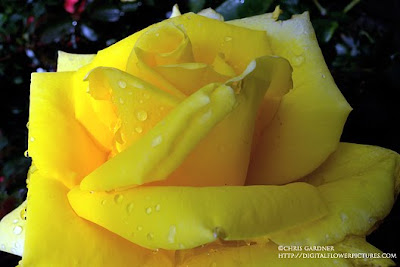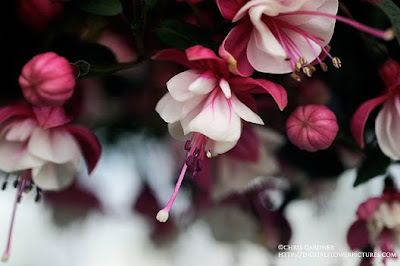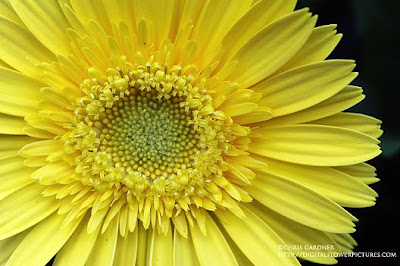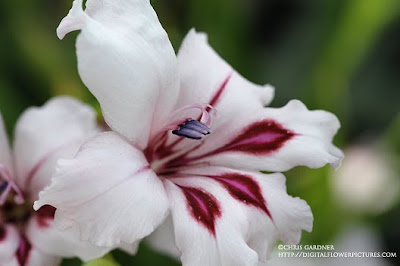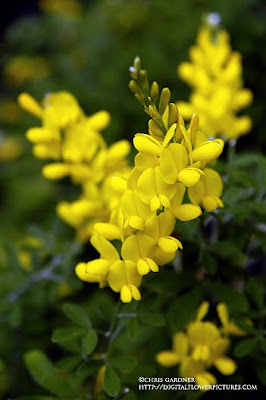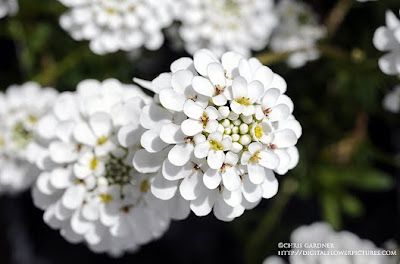
Shrub Rose
Rosa 'Midnight Blue'
Synonyms: WEKfabpur
This rose was one of the many of thousands blooming at the Peggy Rockefeller Rose Garden at the New York Botanical Garden in the Bronx. ‘Midnight Blue’ really had a dark purple color and it had many sprays of flowers on the bush. The garden has all of the purple and ‘blue’ roses planted in one area.
My trip was important to me for a couple of reasons. I have not been as mobile as usual since my medical event in February and can’t seem to pinpoint the reason for that. This weekend I was determined to change things around and made it to the NYBG and Manhattan. Funny thing was nothing happened to me and it all worked out okay. I did get some good news from the doctor last week when the results of my nine hour brain damage test came back negative. There was average to superior brain function at every level. This was a big relief. So after getting the results back I made myself get off the couch and hit the road. This rose reminded me of the old Melissa Manchester song, which seemed a little fitting under the circumstances:
“Even though simple things become rough, haven't we had enough?
And I think we can make it. One more time, if we try.
One more time for all the old times midnight blue”

I am glad that I decided to go as the rose garden was just amazing. I have probably been there 50 to 60 times and this visit was the best by a factor of ten. As I crested the hill and looked at all the colors from far away it really floored me. How can it be described? I am not sure but think of all the roses you can imagine and place them in neat patches in a little valley and that is sort of it. The rose scent was apparent from several hundred yards away from the garden and grew stronger on the approach.
 The Midnight Blue was photographed on the lower left hand corner of this photo.
The Midnight Blue was photographed on the lower left hand corner of this photo.Tomorrow I will try and make a review of the Emily Dickinson show at the NYBG. It was quite good and exceeded my expectations.


















